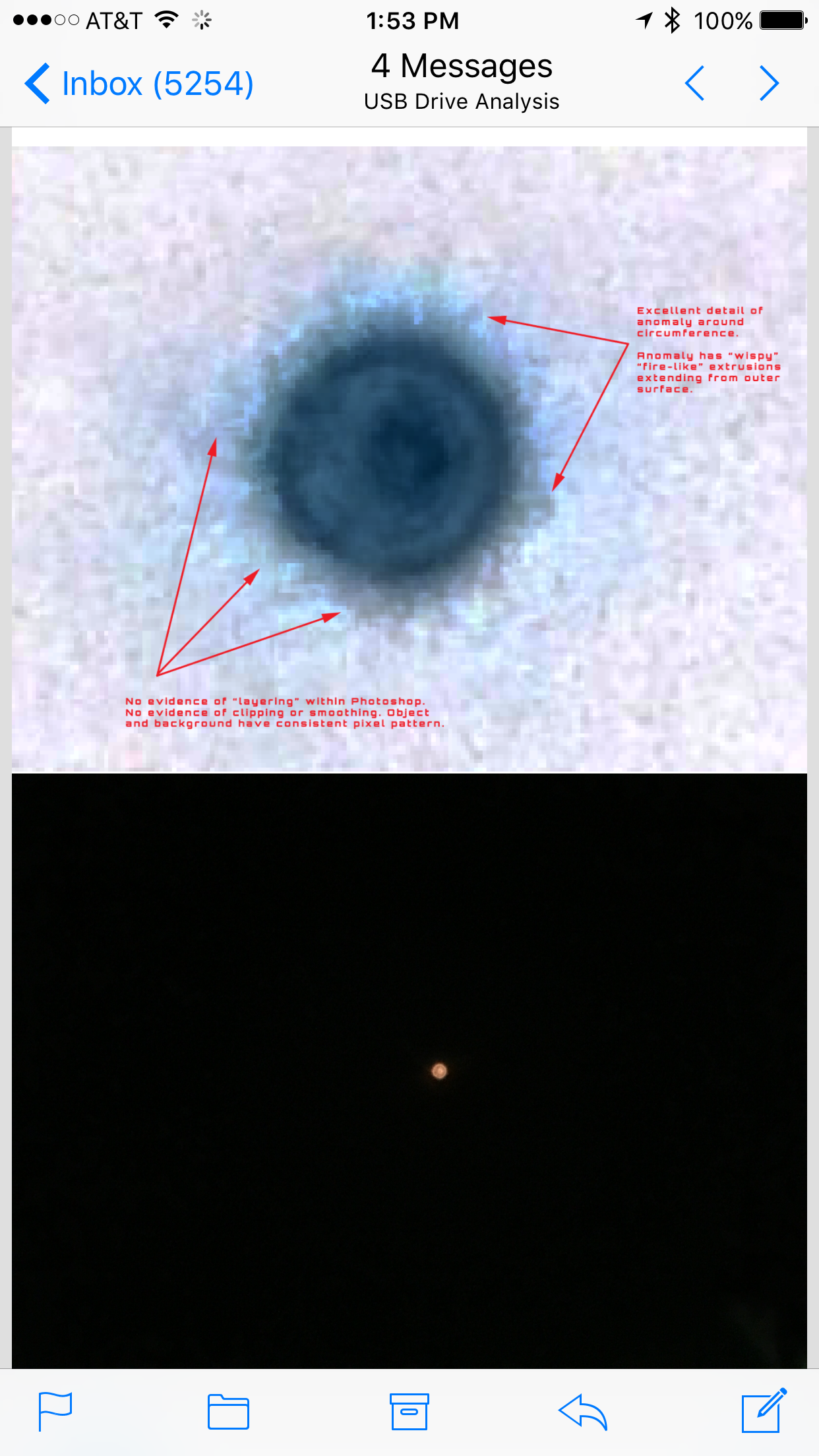
Generate New Template
We hear the phrase “Extraordinary claims require extraordinary evidence” thrown around a lot with regard to UAPs. The idea is that since it’s so incredibly unlikely that NHIs would visit Earth, we would need to have some truly incredible evidence to support that claim. However, in my mind, the actual extraordinary claim is that NHI’s haven’t visited Earth. We have to take the scope and time scale of the universe into consideration.
There are an estimated 200 billion trillion stars in the observable universe. Or, written out: 200,000,000,000,000,000,000,000. To try to put that into some sort of perspective, if each star was turned into a penny, and we divided up that money across every person alive, each person on Earth would have 25 trillion pennies, or 250 billion dollars. If you were to earn that money over a 50-year career, you would be earning about 13.7 million dollars every day, or $9,512 every single minute of every single day. In other words… there are a lot of stars. It is estimated that on average there is 1 planet per star. The universe is an estimated 13.5 billion years old, although it’s starting to look like it might be even older than that. Even if intelligent life is exceedingly rare in the universe and only has a 1 in a trillion chance of emerging on a given planet by now, life would have emerged an estimated 200 billion times in the universe. Given the above, we would have to agree that there is a high chance that some of these civilizations have technology that is thousands, millions, or even billions of years beyond ours. The idea of traveling vast distances between stars or even between galaxies is incomprehensible to us, but with another thousand years of tech, could we do it? What about a million years? I would certainly think so! In that case, at least some of those advanced civilizations would likely have sent out probes or even crewed missions to explore the universe (or even just their neighboring star systems). There are a lot of reasons to do this, and we are already attempting to do it ourselves. Heck, we put a person on another celestial body within 50 years of first figuring out basic aerodynamics. So, given the scope of everything above, we would expect that a significant number of star systems and planets in the universe will have been visited by advanced craft for research, colonization, or resource extraction purposes.
At this point, if you say, “Yes, all of the above makes sense, but there’s no way they could be visiting Earth“, you’d have to come up with an incredibly compelling reason as to why that would be the case. To me, that is the extraordinary claim — that NHIs would be out there, exploring the whole universe, but would somehow never come here.
submitted by /u/Stozzer
[link] [comments]